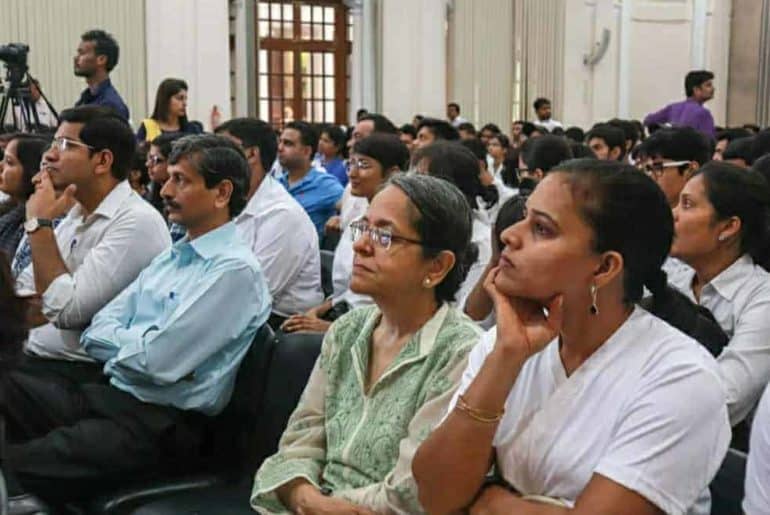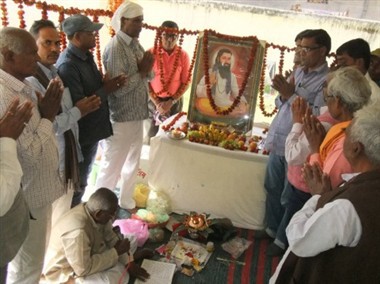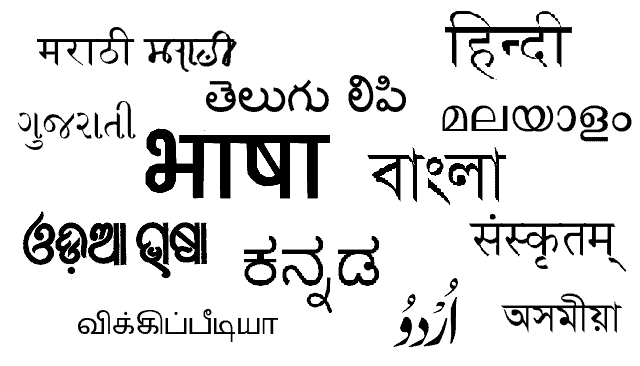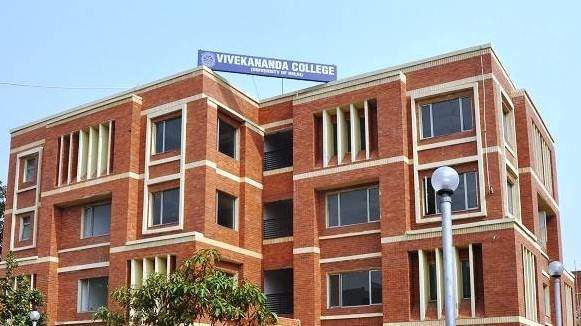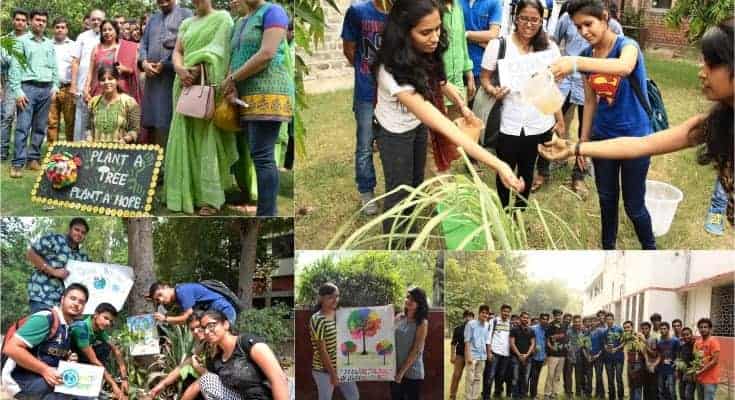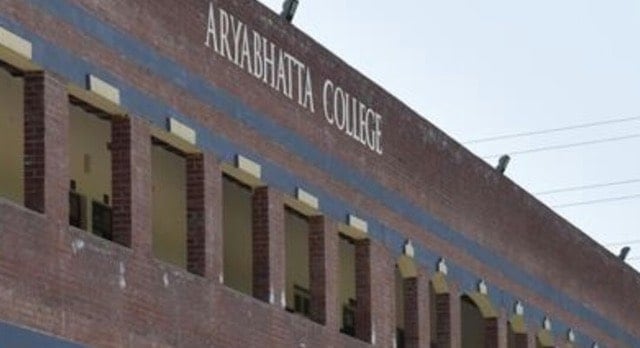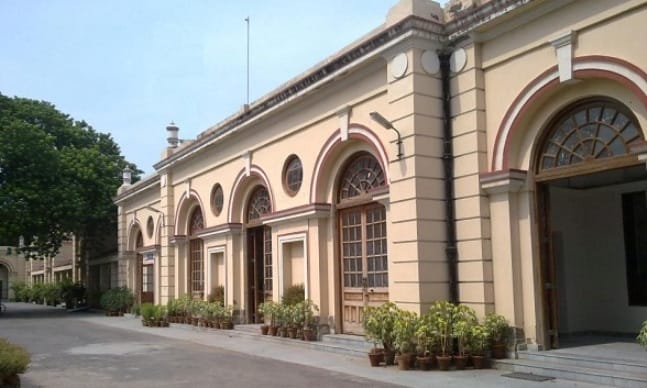Akhil Bhartiya Vidyarthi Parishad(ABVP) and Students Federation of India(SFI) had a violent conflict due to the screening of the documentary Ram Ke Naam in the Kashmere Gate campus of Ambedkar University Delhi(AUD).
On the 30th August, Ambedkar University Delhi(AUD) branch of the Students Federation of India(SFI) organised the screening of the documentary Ram Ke Naam by Anant Patwardhan in their Kashmere gate campus when they were disrupted by members of the Akhil Bhartiya Vidyarthi Parishad(ABVP) and were asked to stop the screening. The screening was organized in solidarity with the students of the University of Hyderabad who were recently detained by the police for organizing a screening of the same.
The documentary explores the campaign waged by the Hindu-nationalist Vishva Hindu Parishad to build a Ram temple at the site of Babri Masjid in Ayodhya, as well as the communal violence that it triggered.
The representatives of the ABVP claimed that the SFI did not have proper permission and they should’ve sought permission beforehand. They said that the SFI intimidated the administration and gathered last-minute permission.
However, SFI denied all these claims stating they took all measures beforehand.
According to the SFI, The screening started at 2:45 and a few minutes into it, a few men barged into the room and turned on the lights. They began speaking about how their caste sentiments were being hurt by the screening of the movie. “Main brahman hoon and meri sentiments ko hurt karti hai yeh,” said one of the men present.
Mr. Siddharth Yadav, State Secretary for the ABVP Delhi, told DU Beat ” the ideological issue that they (SFI) were polluting the mind and not giving enough free space for students to judge for themselves whatever they were trying to show is not correct. They can have their version of whatever idea they were trying to represent, but space must be left for the students to judge for themselves. So it was a very biased and propaganda-based presentation that they were trying to make.”
Eventually, Dean of Student Services and the Pro Vice-Chancellor had to get involved. A representative of the students’ union asked the officials to ensure that these people leave and the screening continues. When they weren’t able to do so, so the guards had to drag them out.
When diplomacy did not work, the goons resorted to violence and tried breaking the projector. They went outside and tried manhandling the guards and throwing tables. Within a few minutes, the power supply was cut off for the entire campus.
In conversation with DU Beat, Ms. Shruti M D, Secretary of the Kashmere gate unit of SFI-AUD, said, “There were eight disruptions. The movie is one hour fifteen minutes long but the screening took two and a half hours two complete. We took a laptop and Bluetooth speakers and continued the screening of the movie inside while these people continued their ruckus outside… There were only 50 people in the beginning, but the screening finished with about 200 people who had come. The ABVP guys were less than 10 people.”
Utkarsh, another member of the SFI elaborated saying, “about 200-300 AUD students came to resist the 10 goons from ABVP, most of which were not students of AUD. common Ambedkar students spontaneously mobilized. It was a historic moment for AUD”
Later during the day, videos of goons vandalizing the campus and protesting the screening spread around Facebook. In one video, a man, who the SFI identified as Rahul Tiwari from ABVP, could be seen throwing a table. In another, members of both parties along with the other students of AUD could be seen in conflict.
When asked about the vandalism and destruction of property, Mr. Yadav said, “If there is a video of ABVP throwing tables, it will be headline news. Generally, ABVP is shown as vandalizing but if you investigate more into it, the administration would tell you how intimidating these SFI members were there to attain permissions for the screening… The person in the video is not an ABVP member but a student activist. Turns out that normal students had also protested independently.”
The protest gathered attention and both the faculty and the students of AUD were present trying to make sense of the situation. “I was in my music society meeting when the power broke out. We thought it would be a normal power cut but someone came in and said that the SFI and ABVP were fighting so we tried to rush out of the college. There was a huge crowd and the police were there. I got out of there since I didn’t want to be involved but it was pretty violent.” said a student present.
Amidst political differences, accusations of vandalism and destruction of property emerge in a crucial time for ABVP with the DUSU elections just around the corner. This year, other student parties have also raised voice against the gundagardi in the North Campus.
SFI in their official statement wrote that they will continue waging a fight in defense of the secular and pluralistic ethos of our nation.
Featured Image Credits- AUD
Satviki Sanjay


